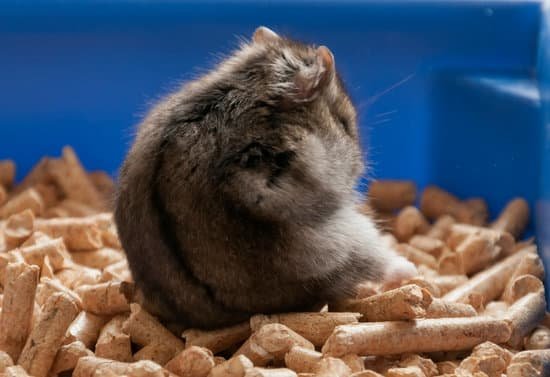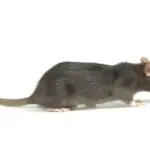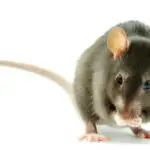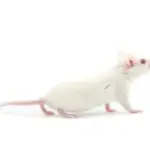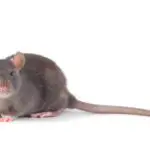Why Can Rats Squeeze Through Cracks?
Rats are remarkably flexible and agile. They can squeeze through tiny holes simply by flexing their muscles and stretching their bodies. Their cylindrical bodies, pointed heads, and narrow shoulders make them very adaptable to small spaces. These traits enable rats to hide in cracks and holes in walls. If a rat cannot squeeze through a small hole, it will search for an alternate path.
Rats can squeeze through cracks and openings as small as one-third of an inch, making them an ideal pest for homes. Because their bodies are so flexible, they can fit through narrow gaps and can stay compressed as long as necessary. Rats are opportunistic eaters that will eat almost anything, but typically prefer proteins and sweet foods.
Rats and mice are able to squeeze through cracks and gaps in walls, windows, and plumbing lines. They are also able to fit their heads through gaps as small as six millimeters. This makes them particularly vulnerable to unwanted houseguests in old buildings. Fortunately, there are ways to prevent rat infestations in your home.
The first step in preventing a rat infestation is to keep food stored in a rat-proof building or room. Plastic containers are easy for rats to chew, and you should store food in metal cans or containers. In addition, garbage should be stored in tight-fitting bins so larger critters cannot get into them.
